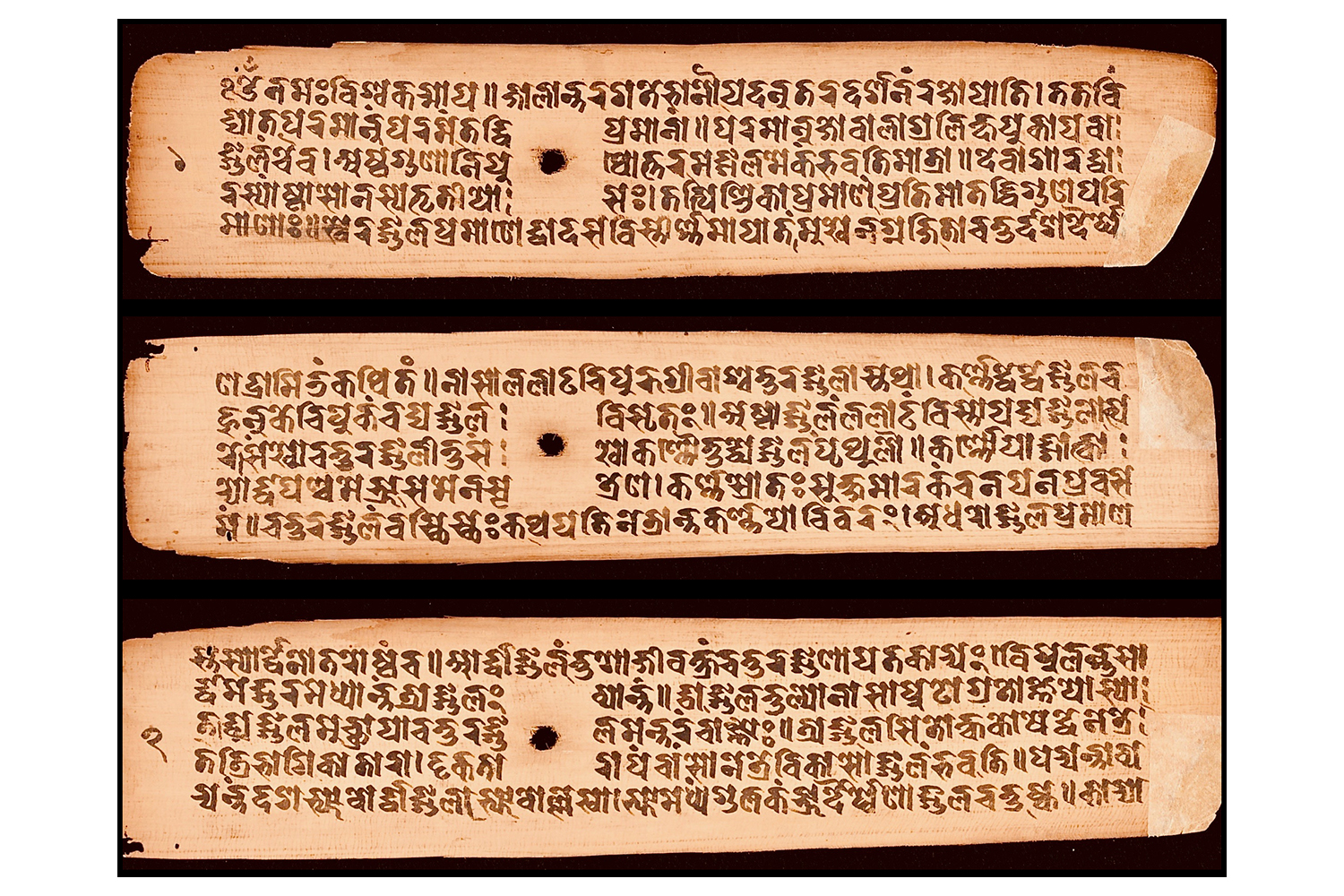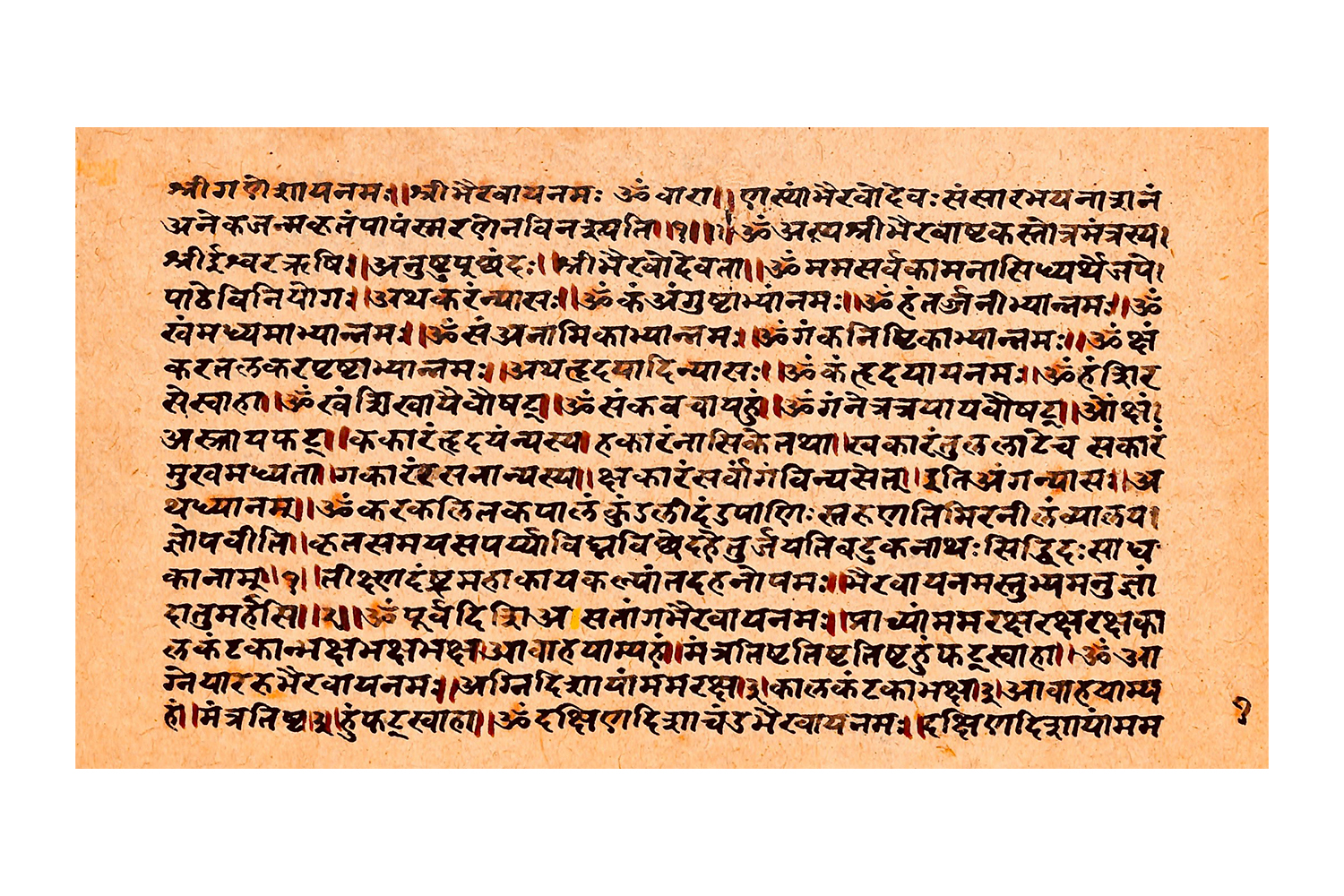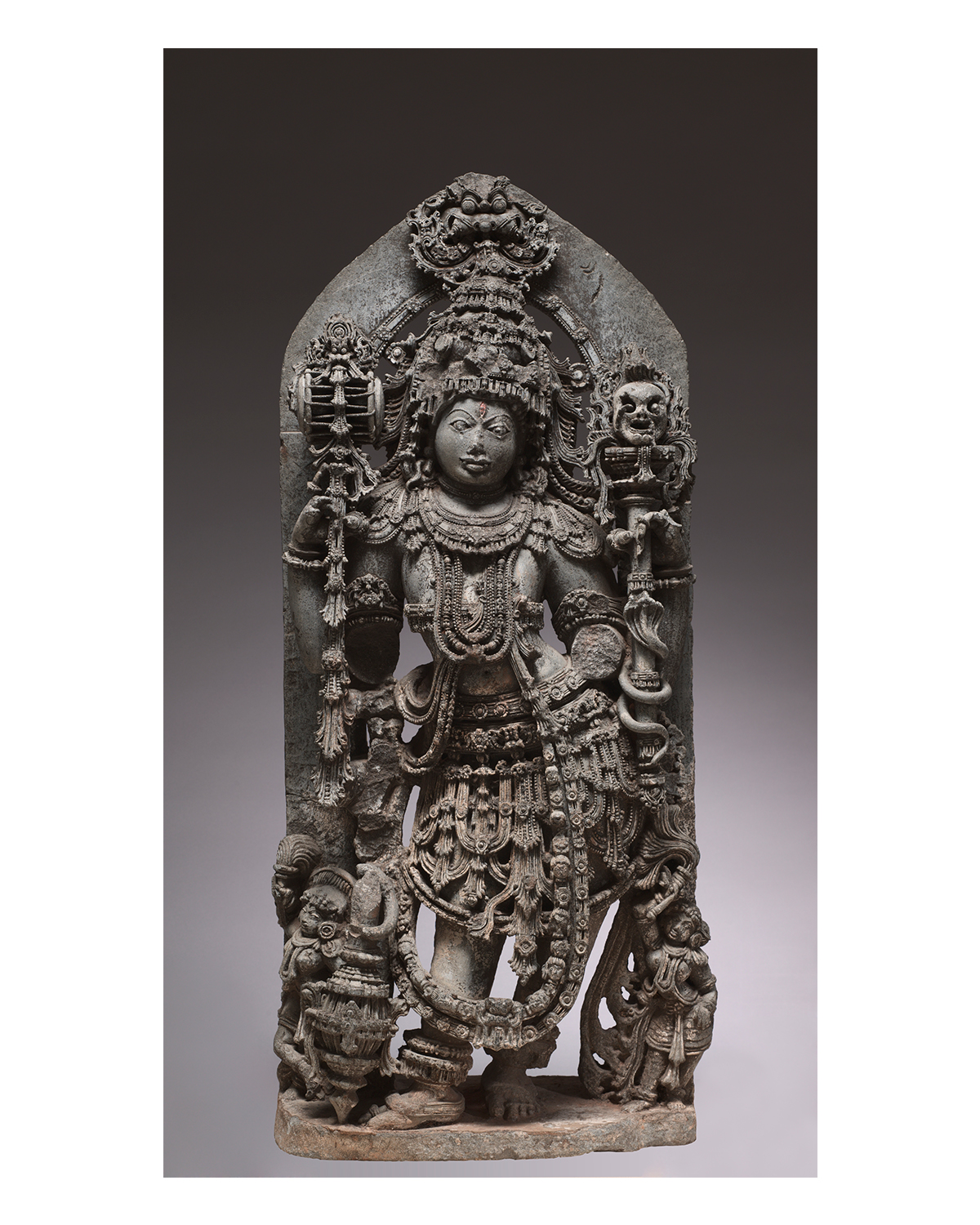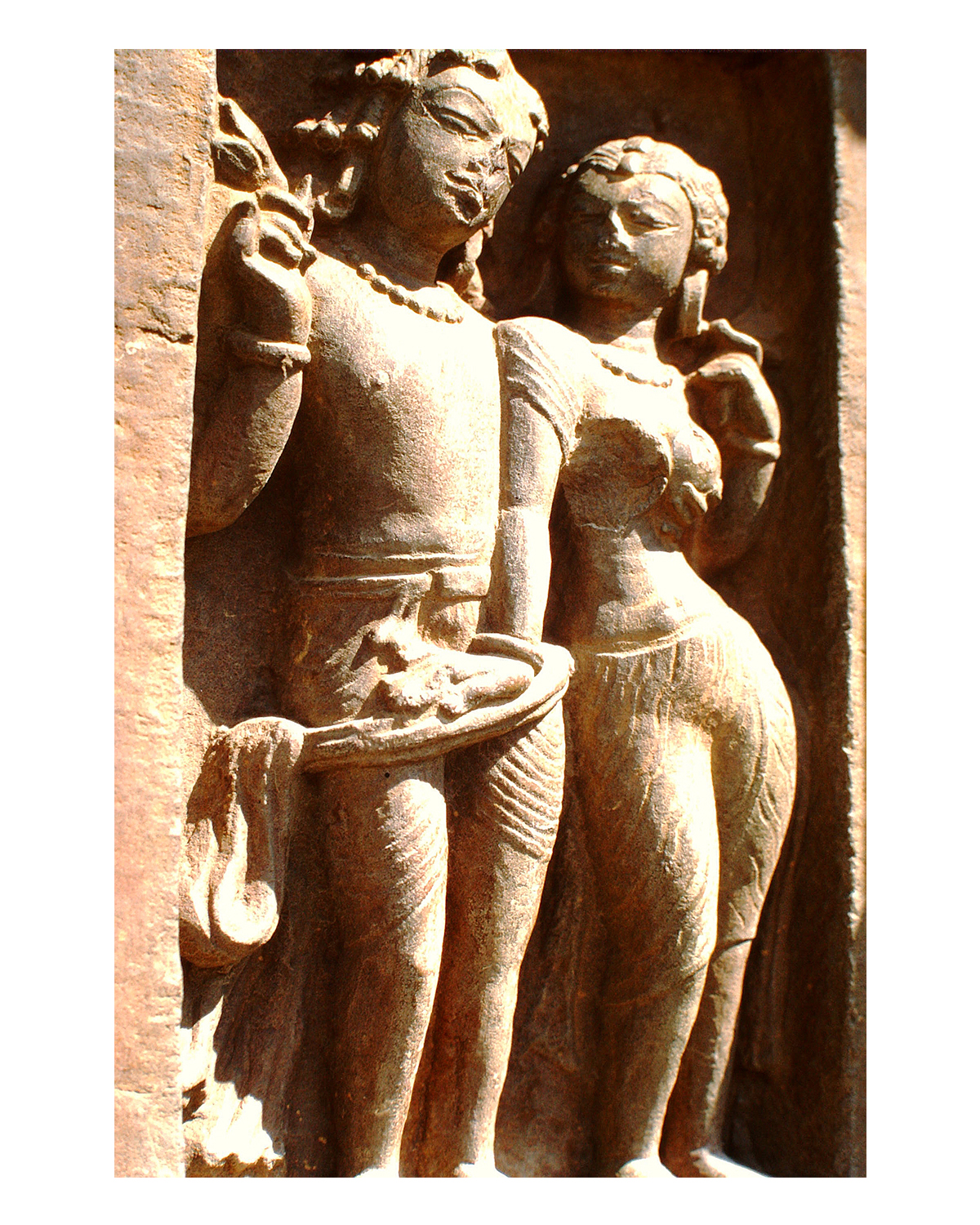ARTICLE
Shilpa Shastras
Dealing with sculpture, painting, carpentry, jewellery and design, Shilpa Shastras are a collective body of texts that are primarily occupied with the practice of art. Although it has been speculated that Shilpa Shastras possibly acted as textbooks and authoritative texts for artisans, scholars have questioned the extent to which their prescriptions were incorporated in works of art.
Since they were written across regions and include a variety of specifications regarding design and architecture, texts forming Shilpa Shastra canon are dated individually and not collectively. However, the texts generally date to the early centuries of the second millennium CE. It is likely that the content of these texts may have been passed down orally for many centuries prior to their writing. Scholars have identified some early texts written on art and sculpture that were authored in the fourth and fifth centuries CE. Belonging to this category are texts such as the Vishnudharmottara Purana, Chitralakshana and Brihat Samhita. Other texts such as the Narada Shilpa Shastra, Manasara, Shilpa Prakash, Samarangana Sutradhara and Natya Shastra are included in the Shilpa Shastra canon for being devoted to the practice of art, or for containing sections that deal with the matter. While most Shilpa texts were written in Sanskrit, some are written in regional and, rarely, even modern languages such as Hindi.
Shilpa Shastra texts are often attributable to their authors, referred to as sutradharas, leading scholars to conclude that authorship of such treatises was associated with recognition and high status. As these texts deal with technical knowledge and measurements, as well as conceptual frameworks, it is likely that the authors had formal training in these subjects. Additionally, scholars have also attempted to establish the nature of labour division in the contexts where these texts were written, suggesting that there might have been differences between the shilpin, or artisan, the sthapati, or the architect and the sutradhara.
Whilst the texts relating to sculpture prescribe exact iconographic specifications regarding postures, colours, measurements, proportions, number of limbs, etc. of figures, the main aim is often to effectively translate the abstract nature of the spiritual world into material form. According to these texts, the desired effect of a sacred image is not elicited simply because the image represents a deity, but rather, because it conforms to the conventions, both material and symbolic, that were laid out for the artisan constructing the image. In order for the deity to take residence in the image, the texts prescribe that images should be constructed as beautifully as possible and that the system of proportions represents the ideal body. Broken or imperfect images are treated as unfavourable, often attracting malevolent spirits. Not only do some treatises suggest that a sculpted body’s limbs be excessively decorated with ornament or alamkara, some texts also theorise the ways in which sculpted images themselves act as propitiatory ornaments on sacred structures. The erotic mithuna images of amorous couples that decorate the walls of sacred structures in particular are believed to act as protective ornaments for temples. Broadly, the texts put forth three requirements that every sculpted image is meant to meet — beauty, auspiciousness and verisimilitude.
Serving these concerns is a complex system of iconometry and measurement. The system proposed by the Vishnudharmottara Purana suggests three units of measurement based on the human body — angulas, referring to the distance between the first and second joints of a bent forefinger; talas, referring to twelve angulas; and mukhas, spanning from the face’s hairline to the chin. The height of each figure measured nine mukhas. Despite regional and temporal variations, as well as variations based on the nature of each image, a variety of Shilpa Shastras prescribe systems of proportion according to which images were to be composed.
Shilpa Shastras also deal with the consecration rituals of images that were meant to establish the spirit of the religious entity in the image and lay out the purification rites meant to be followed by the artisans. Each stage of production is meant to be accompanied by rituals that aid the act of creation, which in itself is believed to be an auspicious activity, and art practice is likened to yogic or meditative practice. A number of artists in the modern and contemporary period have aligned their practice to the philosophy of the Shilpa Shastras, and believed that they occupy states of spiritual possession that allow them to construct the perfect image.
Bibliography
Elgood, Heather. Hinduism and the Religious Arts. Religion and the Arts. London: Cassell, 1999.
Nardi, Isabella. “‘Naksa Ya d Dast Pratima Ke Praman Ka: An Unpublished Hindi Source on the Theory of Proportion of Images.” South Asian Studies 20, no. 1 (January 2004): 99–109. https://doi.org/10.1080/02666030.2004.9628638.
———. The Theory of Citrasutras in Indian Painting: A Critical Re-Evaluation of Their Uses and Interpretations. Royal Asiatic Society Books. London; New York: Routledge, Taylor & Francis Group, 2006.
Thapar, Romila. “The Oral and the Written in Early India.” In Cultural Pasts: Essays in Early Indian History, 195–212. New Delhi: Oxford University Press, 2000.










